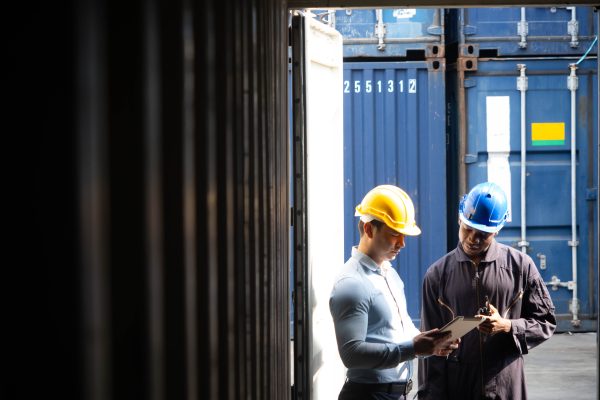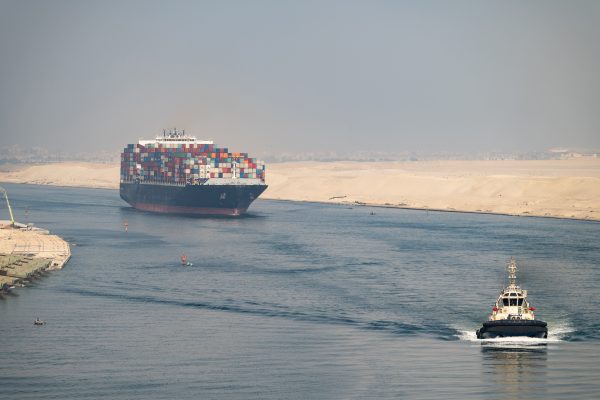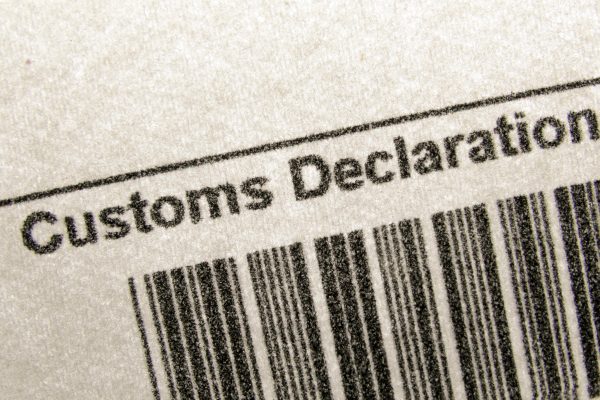What Decarbonising Road Freight Looks Like
This month the Society of Motor Manufacturers and Traders asked the UK Government to publish a strategy detailing greater incentives for decarbonising fleets.
HGVs are a significant contributor to greenhouse gas emissions, particularly in the UK, where they account for around 18% of the total emissions from transport. Consequently, as part of the UK’s strategy to hit net zero by 2050, new lorries that weigh under 26 tonnes must be zero emission by 2035. This accounts for over 90% of HGVs on UK roads.
Replacing these vehicles will require significant investment. But there is more than one avenue to reducing emissions in road supply chains.
Electrify fleets
One of the most promising ways to decarbonise HGVs is through electrification. Electric vehicles (EVs) have become increasingly popular in recent years, and many HGV manufacturers are now developing electric models.
Amazon for example is investing more than €1bn (£880m) to add thousands more electric lorries, vans and cargo bikes to its sprawling fleet of delivery vehicles across Europe over the next five years. The online retailer said it would invest £300m in the UK, where it plans to have as many as 700 electric HGVs by 2025, and more than triple its fleet of electric vans to 10,000 across the continent.
However, there are still significant challenges to overcome before electric HGVs can become mainstream. One of the main obstacles is the limited infrastructure countries currently have for electric vehicles. The Society of Motor Manufacturers and Traders have raised this with the UK government and asked specifically when this infrastructure will be able to accommodate fully electric fleets.
Trial hydrogen fuel cell vehicles
Another potential solution is hydrogen fuel cell vehicles (HFCVs). HFCVs use hydrogen to generate electricity, which powers an electric motor, producing water as the only by-product. This makes them a zero-emission alternative to traditional diesel-powered HGVs.
HFCVs have the potential to offer a range similar to diesel HGVs and can be refuelled quickly, making them more practical for long-haul transport.
However, the infrastructure required to produce, store and distribute hydrogen is still in its early stages of development, which is a significant barrier to the widespread adoption of the technology. What’s more, the cost of producing hydrogen is still relatively high, making it expensive.
Introduce biofuels
Another option for decarbonising HGVs is by using biofuels. Biofuels are derived from renewable organic materials such as crops or waste, and they can be used in place of fossil fuels in traditional diesel engines.
In theory biofuels have the potential to significantly reduce carbon emissions, and they can be produced domestically, reducing dependence on foreign oil. But there are some doubts over the sustainability of the solution.
Some biofuels, such as those derived from crops, compete with food production which could have negative consequences for food security. Also, some studies suggest that the carbon savings from biofuels may not be as significant as initially thought, as the production process can still produce emissions.
Consider making modal shifts
Finally, an alternative approach to decarbonising HGVs is by making carbon-conscious modal shifts. This involves moving freight from road transport to other modes such as rail or ocean. Both rail and sea transport have the potential to offer significant carbon savings, particularly for long-distance transport.
However, there are also limitations to this approach. For example, rail and ocean routes aren’t always practical for the type of freight being moved or for their end destinations. Rail in particular is limited to the condition of the railways the cargo moves across, which can vary considerably depending on the route.
As for ocean freight, the time it takes to transport goods via the ocean could impact certain industries such as pharmaceuticals and foodstuff.
Keep making positive steps
Going green is easier said than done, and logistics companies are bound to certain technologies to stay afloat. But the legislation is changing, and businesses that don’t start to transition will not only be penalised by new laws but also by their customers.
A large number of businesses only want to work with suppliers and consultants who have legitimately green credentials. And this is only going to increase. That’s why at Cardinal, we’ve already taken action to reduce our own carbon footprint and have created a tool to help others do the same.
Our carbon calculator helps companies measure the carbon footprint of their supply chain and allows them the opportunity to make meaningful reductions. If you’d like to know more, you can contact a member of our road freight team today.


